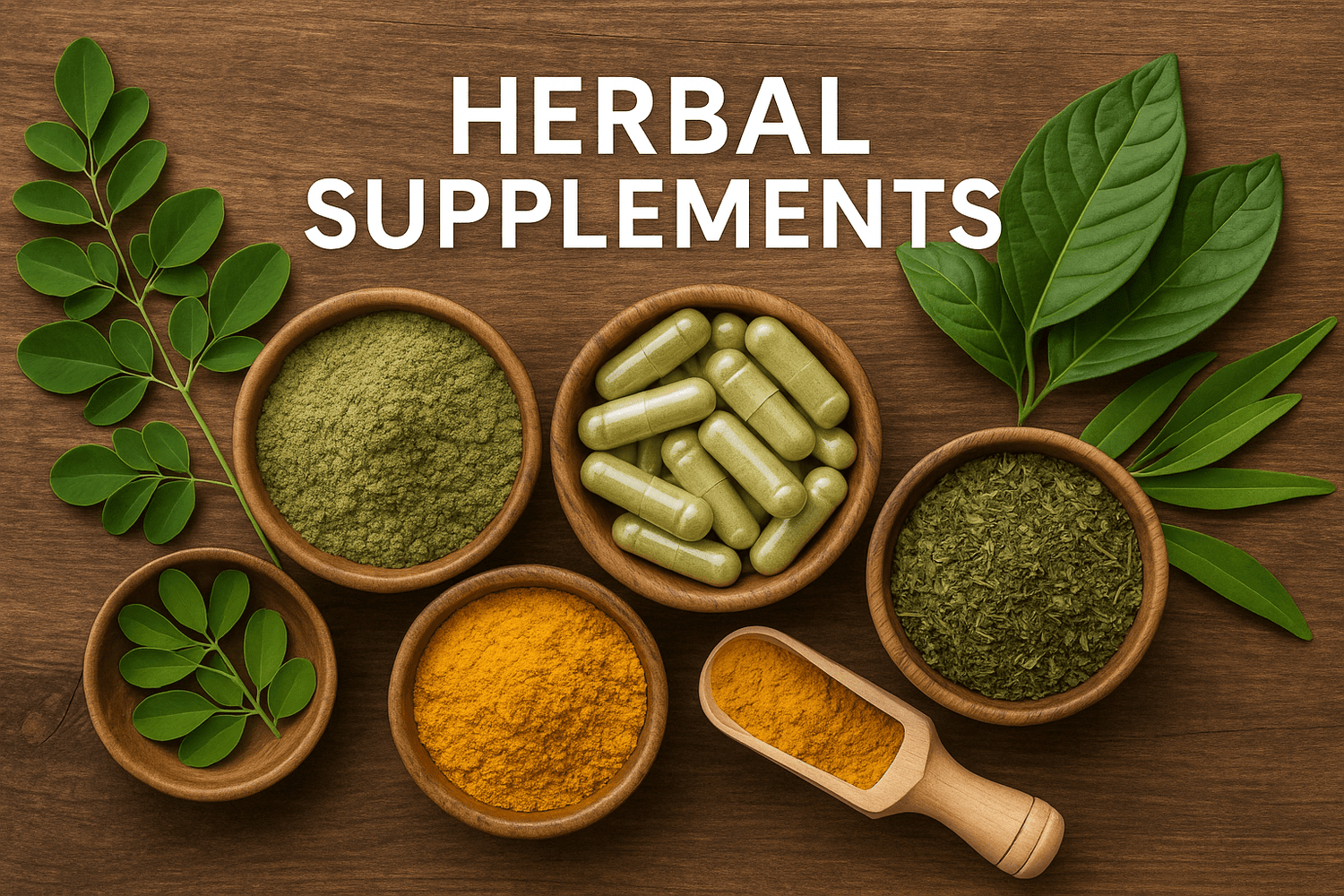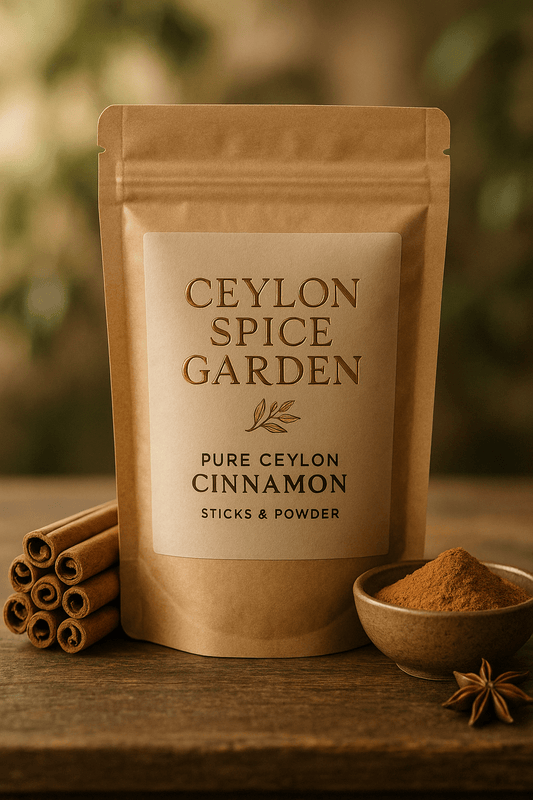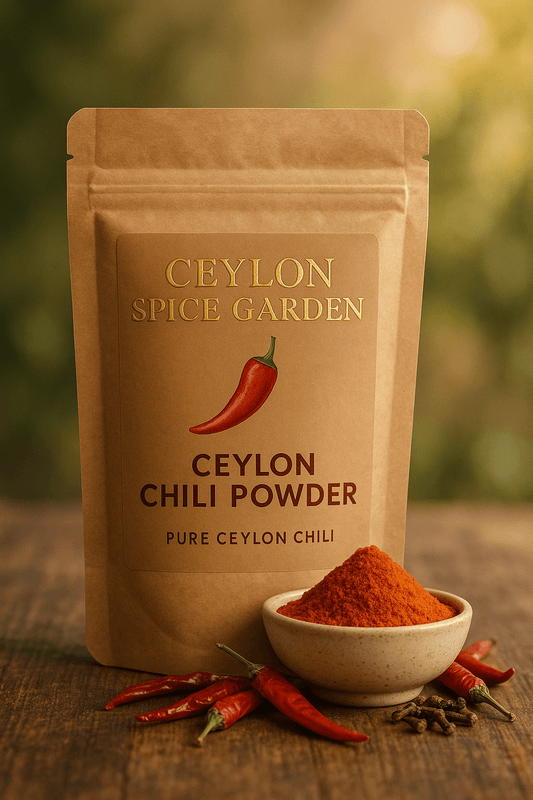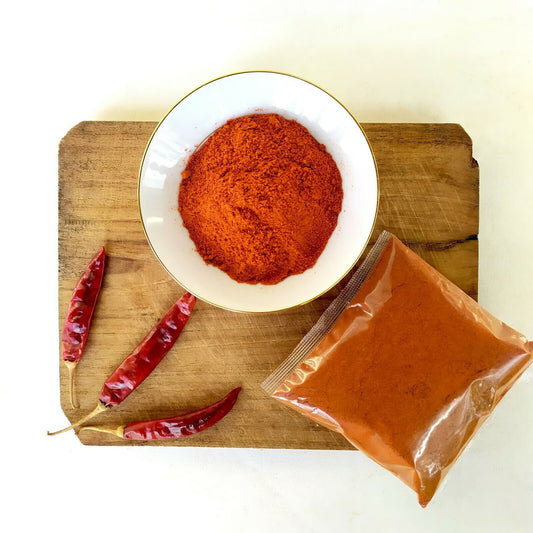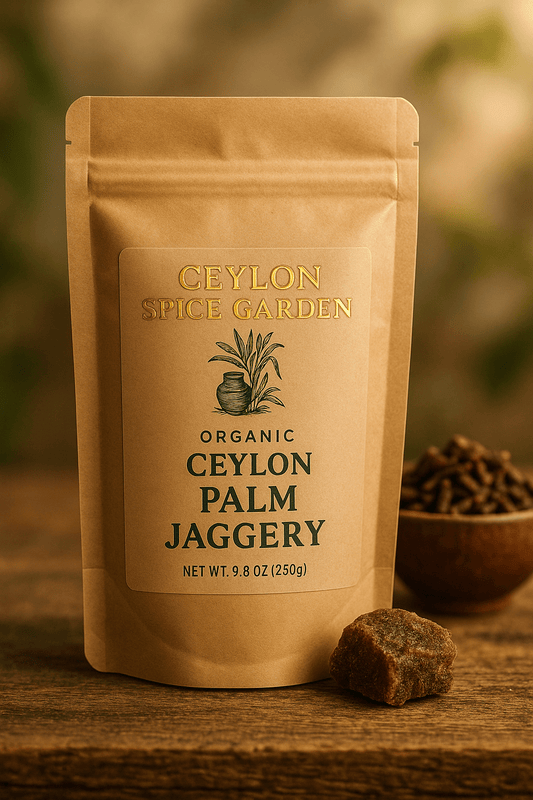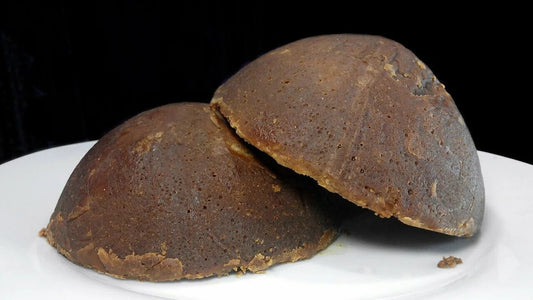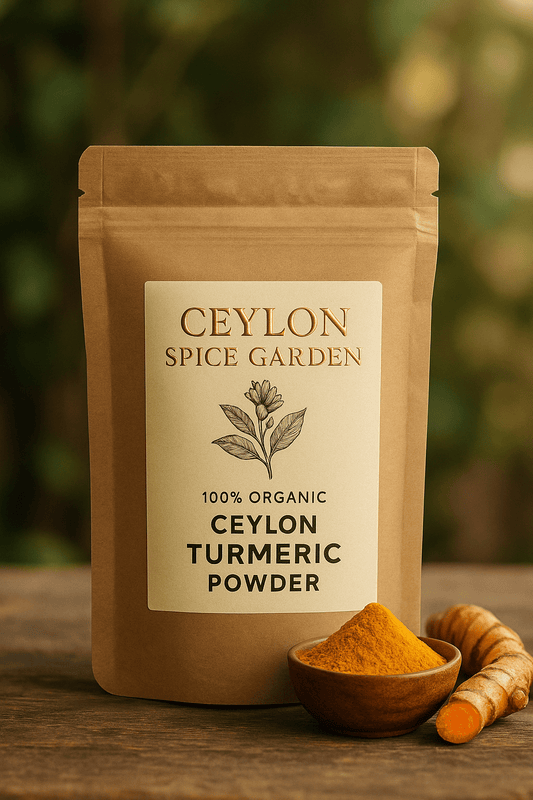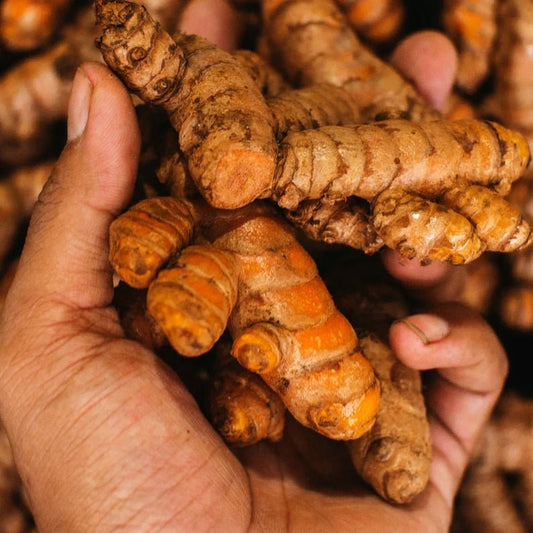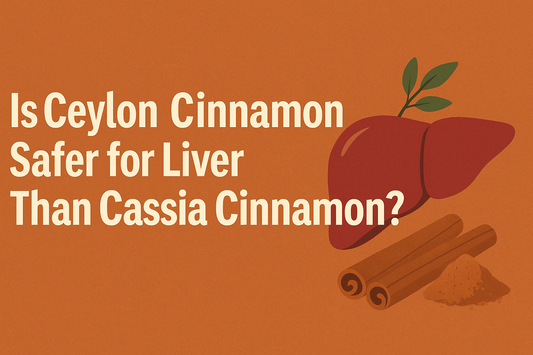
Ceylon Cinnamon for Insulin Sensitivity Improvement: Science-Based Protocol 2025
Ceylon Cinnamon for Insulin Sensitivity Improvement: Complete Scientific Guide
Table of Contents
- Understanding Insulin Sensitivity
- Ceylon Cinnamon's Insulin Sensitivity Mechanisms
- Key Active Compounds for Sensitivity
- Cellular Pathway Enhancement
- Clinical Research Evidence
- Insulin Sensitivity Improvement Protocols
- Optimal Dosage and Timing
- Lifestyle Integration Strategies
- Measuring Sensitivity Improvements
- Long-term Health Benefits
- Safety and Considerations
- Frequently Asked Questions
Understanding Insulin Sensitivity
Insulin sensitivity refers to how effectively your body's cells respond to insulin, the hormone responsible for regulating blood sugar levels. When cells are insulin sensitive, they readily absorb glucose from the bloodstream in response to insulin signals, maintaining optimal blood sugar balance and efficient energy metabolism.
Poor insulin sensitivity, also known as insulin resistance, forces the pancreas to produce increasingly higher amounts of insulin to achieve the same glucose control. This metabolic dysfunction underlies type 2 diabetes, metabolic syndrome, and numerous health complications including cardiovascular disease, obesity, and inflammatory conditions.
Ceylon cinnamon from Ceylon Spice Garden offers a natural approach to insulin sensitivity improvement through multiple complementary mechanisms that restore healthy glucose metabolism and cellular function. Unlike pharmaceutical interventions, Ceylon cinnamon works with your body's natural systems to optimize insulin effectiveness.
Signs of Insulin Resistance
- Elevated fasting blood glucose levels
- Increased waist circumference and abdominal fat
- High triglyceride levels and low HDL cholesterol
- Frequent cravings for carbohydrates and sweets
- Fatigue, especially after meals
- Difficulty losing weight despite calorie restriction
Ceylon Cinnamon's Insulin Sensitivity Mechanisms
Insulin Receptor Activation
Ceylon cinnamon's bioactive compounds directly bind to and activate insulin receptors on cell surfaces, increasing the number of active receptors and enhancing their sensitivity to insulin signals. This mechanism improves cellular glucose uptake even with normal insulin levels.
Signal Transduction Enhancement
The active compounds amplify intracellular insulin signaling pathways, particularly the critical PI3K/Akt cascade that controls glucose transport and metabolism. This amplification ensures efficient conversion of insulin signals into cellular glucose uptake.
GLUT4 Transporter Mobilization
Ceylon cinnamon stimulates the translocation of GLUT4 glucose transporters from intracellular storage vesicles to cell membranes, dramatically increasing the cell's capacity to absorb glucose from the bloodstream.
Inflammatory Pathway Modulation
Chronic inflammation impairs insulin signaling. Ceylon cinnamon's anti-inflammatory properties reduce inflammatory cytokines and oxidative stress that interfere with insulin receptor function, naturally restoring sensitivity.
Adipose Tissue Optimization
Ceylon cinnamon improves adipose tissue insulin sensitivity while promoting healthy fat metabolism, reducing the release of inflammatory compounds from fat tissue that contribute to systemic insulin resistance.
Enhanced Glucose Uptake
Up to 20-fold increase in cellular glucose absorption capacity
Improved Receptor Function
Increased insulin receptor density and binding affinity
Reduced Inflammation
Lower inflammatory markers that impair insulin signaling
Optimized Metabolism
Enhanced cellular energy production and glucose utilization
Key Active Compounds for Sensitivity
Methylhydroxychalcone Polymers (MHCP)
MHCP represents Ceylon cinnamon's most potent insulin-sensitizing compound, demonstrating remarkable insulin-mimetic activity. These water-soluble polymers can activate insulin receptors independently while enhancing the effectiveness of endogenous insulin, creating a dual mechanism for improved sensitivity.
Procyanidin Type-A Polymers
These polyphenolic compounds possess unique insulin-like properties, capable of activating key insulin signaling pathways without requiring actual insulin. Procyanidin polymers enhance glucose transporter function and improve cellular glucose metabolism efficiency.
Cinnamaldehyde and Essential Oil Components
While primarily responsible for Ceylon cinnamon's distinctive aroma, cinnamaldehyde also contributes to insulin sensitivity through direct interaction with cellular glucose transport mechanisms and enhancement of insulin receptor binding affinity.
| Active Compound | Insulin Sensitivity Mechanism | Cellular Target | Improvement Potential |
|---|---|---|---|
| MHCP Polymers | Insulin receptor activation | Cell membrane receptors | 30-50% sensitivity increase |
| Procyanidin Polymers | Insulin-like signaling | PI3K/Akt pathway | 20-40% uptake enhancement |
| Cinnamaldehyde | Transporter activation | GLUT4 proteins | 15-25% transport improvement |
| Phenolic Acids | Anti-inflammatory action | Inflammatory pathways | 10-30% resistance reduction |
Cellular Pathway Enhancement
PI3K/Akt Signaling Cascade
Ceylon cinnamon compounds significantly enhance the phosphoinositide 3-kinase (PI3K) and protein kinase B (Akt) signaling pathway, which is central to insulin-mediated glucose uptake. This enhancement occurs through multiple points in the cascade, amplifying the insulin signal and improving cellular responsiveness.
AMPK Activation
Adenosine monophosphate-activated protein kinase (AMPK) serves as a cellular energy sensor that enhances insulin sensitivity. Ceylon cinnamon activates AMPK pathways, promoting glucose uptake and fatty acid oxidation while improving overall metabolic efficiency.
Glucose Transporter Enhancement
Beyond increasing GLUT4 transporter numbers, Ceylon cinnamon enhances the intrinsic activity of glucose transporters, improving their glucose binding affinity and transport velocity. This dual enhancement maximizes cellular glucose uptake capacity.
Clinical Research Highlights
Study 1: Participants taking 3g Ceylon cinnamon daily showed 23% improvement in insulin sensitivity within 8 weeks, measured by hyperinsulinemic-euglycemic clamp studies.
Study 2: HOMA-IR (insulin resistance index) decreased by 18-35% in subjects consuming Ceylon cinnamon extract for 12 weeks.
Study 3: Muscle biopsy studies revealed 40% increase in GLUT4 transporter density after 6 weeks of Ceylon cinnamon supplementation.
Clinical Research Evidence
Randomized Controlled Trials
Multiple randomized controlled trials have demonstrated Ceylon cinnamon's effectiveness for insulin sensitivity improvement. A landmark study published in the American Journal of Clinical Nutrition showed significant improvements in insulin sensitivity markers within 4-12 weeks of consistent Ceylon cinnamon consumption.
Mechanistic Studies
Laboratory research has elucidated the specific cellular mechanisms through which Ceylon cinnamon improves insulin sensitivity. These studies confirm that Ceylon cinnamon works through multiple complementary pathways rather than a single mechanism, explaining its comprehensive effectiveness.
Long-term Safety Data
Long-term studies spanning up to 2 years demonstrate that Ceylon cinnamon's insulin sensitivity benefits are sustained over time without diminishing effectiveness or safety concerns, making it suitable for ongoing metabolic health support.
Insulin Sensitivity Improvement Protocols
Standard Improvement Protocol
- Week 1-2: 1g Ceylon cinnamon daily, taken with morning meal
- Week 3-4: 2g daily, divided into morning and evening doses
- Week 5-8: 3g daily, distributed across three meals
- Week 9+: Maintenance dose of 2-3g daily based on response
Intensive Improvement Protocol
For individuals with significant insulin resistance, an intensive protocol may involve higher doses (up to 6g daily) under healthcare supervision, combined with dietary modifications and lifestyle interventions for maximum effectiveness.
Maintenance Protocol
Once insulin sensitivity improvements are achieved, a maintenance dose of 1-2g daily helps sustain benefits while providing ongoing metabolic support and protection against future insulin resistance development.
Protocol Success Factors
- Consistent daily timing for optimal compound absorption
- Taking Ceylon cinnamon 15-30 minutes before meals
- Combining with balanced, low-glycemic nutrition
- Regular physical activity to enhance cellular uptake
- Adequate sleep and stress management
- Regular monitoring of insulin sensitivity markers
Optimal Dosage and Timing
Therapeutic Dosing Guidelines
For insulin sensitivity improvement, effective dosages typically range from 1-6 grams of Ceylon cinnamon daily. Starting with lower doses allows assessment of individual response while minimizing potential digestive adjustment. Gradual dose escalation optimizes therapeutic benefit.
Timing for Maximum Effectiveness
Taking Ceylon cinnamon 15-30 minutes before meals maximizes its insulin-sensitizing effects by ensuring peak compound activity coincides with post-meal insulin release. This timing strategy enhances glucose clearance and improves overall glycemic control.
Divided Dose Strategy
Dividing daily Ceylon cinnamon intake into 2-3 doses provides sustained compound levels throughout the day, maintaining consistent insulin sensitivity enhancement and avoiding fluctuations in metabolic benefit.
| Insulin Resistance Severity | Starting Dose | Target Dose | Timeline to Effect |
|---|---|---|---|
| Mild | 1g daily | 2-3g daily | 2-4 weeks |
| Moderate | 2g daily | 3-4g daily | 4-6 weeks |
| Severe | 2-3g daily | 4-6g daily | 6-12 weeks |
| Maintenance | 1-2g daily | 1-2g daily | Ongoing benefit |
Lifestyle Integration Strategies
Dietary Synergies
Combining Ceylon cinnamon with chromium-rich foods, omega-3 fatty acids, and fiber enhances its insulin-sensitizing effects. These nutritional synergies create a comprehensive approach to metabolic health that amplifies Ceylon cinnamon's benefits.
Exercise Integration
Physical activity naturally improves insulin sensitivity, and combining exercise with Ceylon cinnamon supplementation creates synergistic effects. Post-exercise Ceylon cinnamon consumption may enhance muscle glucose uptake and glycogen replenishment.
Stress Management
Chronic stress impairs insulin sensitivity through cortisol elevation. Ceylon cinnamon's stress-reducing properties complement stress management techniques, creating a holistic approach to insulin sensitivity improvement.
Integration Best Practices
- Add Ceylon cinnamon to protein smoothies post-workout
- Include in balanced meals with healthy fats and fiber
- Use in stress-reducing evening herbal teas
- Incorporate into meal prep for consistent daily intake
- Combine with intermittent fasting protocols
Measuring Sensitivity Improvements
Laboratory Markers
Key laboratory tests for monitoring insulin sensitivity improvement include fasting glucose, fasting insulin, HOMA-IR index, HbA1c, and glucose tolerance tests. These markers provide objective measurement of Ceylon cinnamon's effectiveness.
Clinical Assessments
Healthcare providers may use specialized tests like hyperinsulinemic-euglycemic clamps or continuous glucose monitoring to assess insulin sensitivity changes. These advanced assessments provide detailed insights into metabolic improvements.
Subjective Improvements
Many individuals notice subjective improvements in energy levels, reduced cravings, better satiety, improved sleep quality, and enhanced exercise recovery as insulin sensitivity improves with Ceylon cinnamon use.
Typical Improvement Timeline
Week 1-2: Initial cellular changes begin, minimal subjective effects
Week 3-4: Improved post-meal glucose responses, reduced cravings
Week 6-8: Measurable improvements in fasting glucose and insulin
Week 10-12: Significant HOMA-IR and HbA1c improvements
3-6 months: Sustained metabolic improvements and health benefits
Long-term Health Benefits
Cardiovascular Protection
Improved insulin sensitivity through Ceylon cinnamon use provides significant cardiovascular benefits, including reduced inflammation, improved lipid profiles, lower blood pressure, and decreased risk of atherosclerosis and heart disease.
Weight Management
Enhanced insulin sensitivity facilitates healthy weight management by improving fat metabolism, reducing inflammatory fat storage, and optimizing appetite regulation through better glucose and hormone balance.
Cognitive Function
Insulin resistance in the brain contributes to cognitive decline and neurodegenerative diseases. Ceylon cinnamon's insulin-sensitizing effects may support cognitive health and protect against age-related mental decline.
Longevity and Healthy Aging
Optimal insulin sensitivity is associated with healthier aging and increased longevity. Ceylon cinnamon's comprehensive metabolic benefits support healthy aging processes and may contribute to increased healthspan.
Safety and Considerations
Ceylon vs Cassia Safety Profile
Ceylon cinnamon's extremely low coumarin content (0.004%) makes it exceptionally safe for long-term use at therapeutic doses. Unlike cassia cinnamon, Ceylon cinnamon poses no risk of liver toxicity even with extended high-dose consumption.
Drug Interactions
Ceylon cinnamon may enhance the effectiveness of diabetes medications, potentially requiring dose adjustments. Individuals taking blood-thinning medications should monitor for enhanced anticoagulant effects.
Individual Variability
Response to Ceylon cinnamon varies among individuals based on genetics, baseline insulin sensitivity, diet, lifestyle factors, and overall health status. Starting with lower doses allows assessment of individual tolerance and effectiveness.
When sourcing Ceylon cinnamon for insulin sensitivity improvement, choose authentic products from reputable suppliers like Ceylon Spice Garden to ensure maximum therapeutic benefit and safety.
Conclusion
Ceylon cinnamon offers a scientifically-validated, natural approach to insulin sensitivity improvement through multiple complementary mechanisms. Its exceptional safety profile and comprehensive metabolic benefits make it an ideal long-term strategy for optimizing glucose metabolism and supporting overall health.
